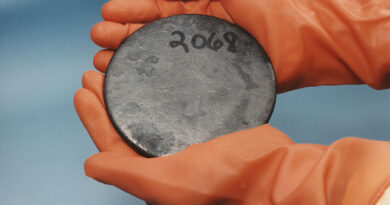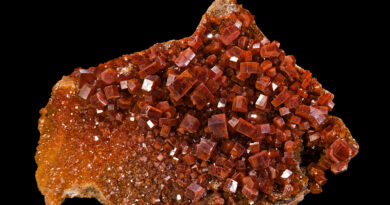Acid leaching of rare earth elements in SA
Due to increasing concerns of global rare earth element shortfalls in the near future, possible alternative sources of rare earth elements have recently become of economic interest.
One such alternative is decanting acid mine water originating primarily from abandoned old mines in the Witwatersrand region of South Africa. In this study, a novel way of rare earth element removal from the acid mine drainage was employed, making use of bentonite clay, which has very good adsorbent properties, as a rare earth element carrier material.
The process can be economically viable only, if the elements can be selectively removed from the bentonite clay carrier material so as to yield reusable clay. Acid leaching was proposed to liberate the adsorbed rare earth elements from the bentonite clay.
Accordingly, acid leaching experiments were performed to study the desorption of three commonly-found rare earth elements, namely neodymium, samarium, and dysprosium, from bentonite clay in the presence of sulphuric and hydrochloric acid.
It was established that the three rare earth element species could be selectively removed as a group from iron, magnesium, and manganese metals through the careful manipulation of the pH.




